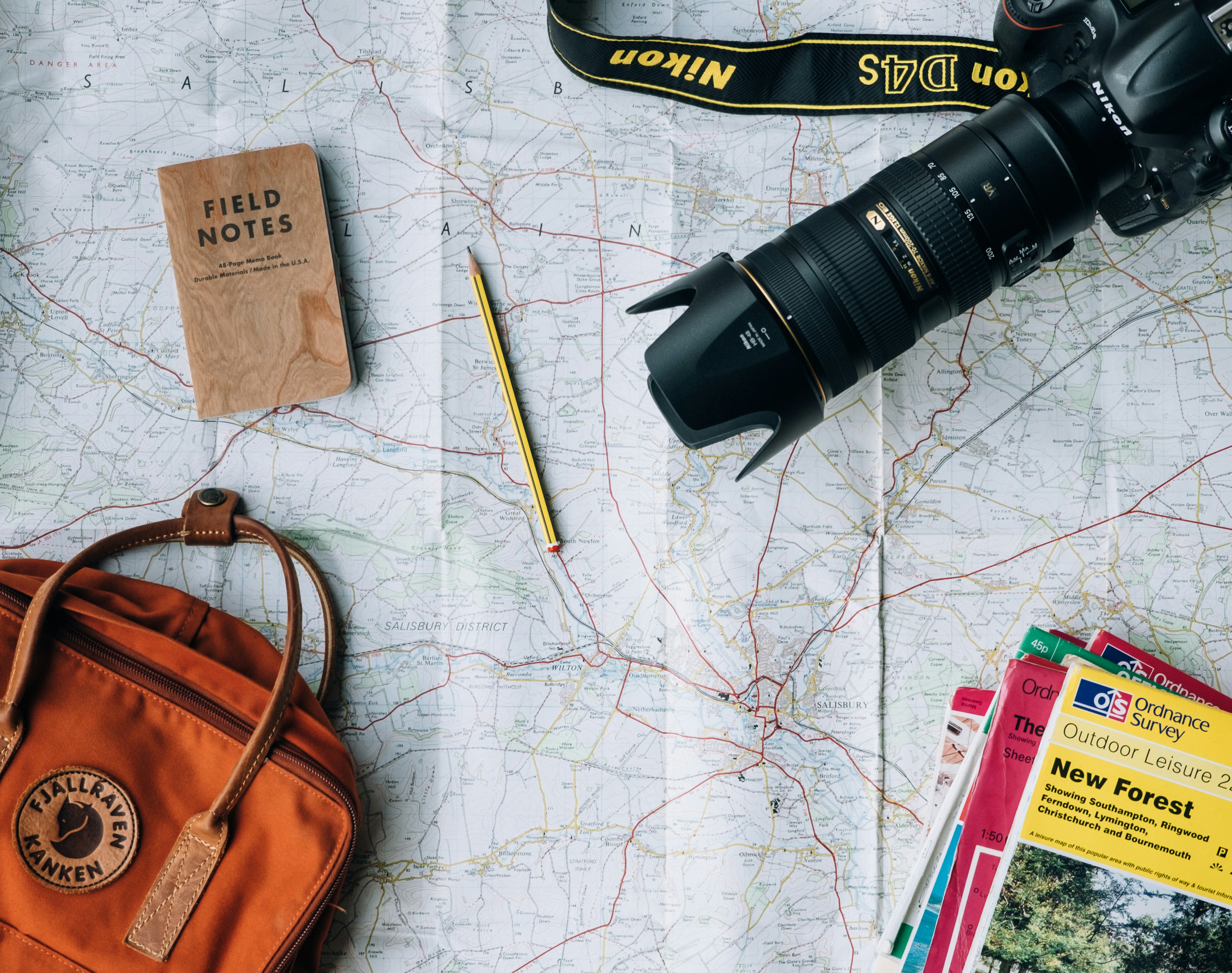Preparing for a hike is the key to ensuring a safe and enjoyable adventure. Hiking is a fantastic way to connect with nature, get some exercise, and clear your mind. Whether you’re a seasoned hiker or a beginner, proper preparation is essential to enjoying your adventure. Here’s a comprehensive guide to help you prepare for your next hike.
Preparing for a Hike – Choose the Right Trail
Start by selecting a trail that matches your fitness level and experience:
- Research Trails: Use websites, apps, and guidebooks to find trails. Pay attention to the trail’s length, elevation gain, and difficulty rating.
- Check Conditions before your Trek: Look up current trail conditions and weather forecasts online. Hiking in different conditions (Snow or Rain) can be exhilarating, buy you need to make sure know now the conditions will affect trail difficulty and safety.
- Know Your Limits: Be realistic about your fitness level and experience. Start with shorter, easier trails if you’re new to hiking.
Preparing for a Hike – Gear Up
Having the right gear can make a huge difference in your hiking experience:
- Footwear: Preparing for a hike requires a good pair of waterproof hiking boots or shoes that offer support, protection, and traction. Break them in before your hike to avoid blisters.
- Clothing: Dress in moisture-wicking layers. Bring a lightweight rain jacket for changing weather conditions. I also recommend a lightweight brimmed hat. Avoid cotton, which can retain moisture.
- Backpack: Choose a comfortable, appropriately sized backpack to carry your essentials. Look for features like padded straps and multiple compartments. Use refillable nalgene water bottles (they are lightweight and sturdy).
Preparing for a Hike – Pack the Essentials
Prepare a checklist to ensure you have everything you need:
- Navigation Tools: Carry a map and compass, and know how to use them. A GPS device or smartphone app can also be helpful, but don’t rely solely on technology.
- Hydration: Bring plenty of water. A hydration bladder or water bottles are essential. Consider a portable water filter if you plan to refill from natural sources.
- Nutrition: Pack high-energy snacks like trail mix, energy bars, and fruits. For longer hikes, bring a lightweight meal.
- First Aid Kit: Include bandages, antiseptic wipes, blister treatment, and any personal medications.
- Multi-Tool or Knife: Handy for various tasks, from cutting rope to opening packages.
- Sun Protection: Wear a hat, sunglasses, and sunscreen to protect against UV rays.
- Emergency Shelter: A lightweight emergency blanket or bivvy can be a lifesaver when preparing for a hike in dubious conditions.
- Headlamp or Flashlight: Even if you plan to hike during the day, it’s wise to bring a light source.
- Extra Clothing: Pack an extra layer in case temperatures drop or you get wet.
- Communications: I always pack a GMRS radio (with FM and NOAA channels) for up to the minute information and a couple of smartphones that are on different carriers.
Plan Your Route
Knowing your route and having a plan is crucial for a safe hike:
- Study the Trail Map: Familiarize yourself with the trail, landmarks, and potential water sources.
- Share Your Plans: Let someone know your hiking plans, including your route, expected return time, and emergency contacts.
- Check Trail Regulations: Be aware of any rules and regulations for the area you’re hiking in, such as permits, trail closures, or camping restrictions.
Preparing for a Hike: Conditioning
Get your body ready for the demands of hiking:
- Training: When preparing for a hike, incorporate cardio and strength training into your routine to build endurance and strength. Focus on exercises that target your legs, core, and cardiovascular system. See our article on Getting Started with Running.
- Practice Hikes: Start with shorter, local hikes to build up your stamina and break in your gear.
- Stretching: Incorporate flexibility exercises and stretches to prevent injuries.
Safety Tips
Keep these safety tips in mind for a secure hiking experience:
- Stay on Marked Trails: Avoid shortcuts or off-trail hiking, which can be dangerous and harm the environment.
- Be Weather Aware: Check the weather forecast before you go and be prepared for sudden changes.
- Pace Yourself: Take breaks as needed and don’t push beyond your limits. Hiking is about enjoying the journey, not just reaching the destination.
- Wildlife Awareness: Be aware of local wildlife and know how to react to encounters. Keep a safe distance and store food properly.
- Check In: If able, check-in via smartphone or radio
Leave No Trace
Respect nature by following Leave No Trace principles:
- Pack Out Trash: Carry all your trash with you, including food scraps and packaging.
- Stay on Trails: Prevent trail erosion and protect vegetation by sticking to marked paths.
- Respect Wildlife: Observe animals from a distance and never feed them.
- Minimize Impact: Camp on durable surfaces and be mindful of your impact on the environment.
Checkout our article: How to Leave No Trace: A Guide to Responsible Outdoor Recreation.
Proper preparation can make all the difference in having a safe and enjoyable hike. By planning ahead, packing the right gear, and respecting nature, you’ll be ready to tackle any trail with confidence. Happy hiking!
Checkout our accessories and gear for hikers to compliment your next journey and visit this video to see how to shed weight from your backpack.!


